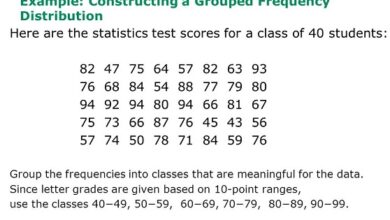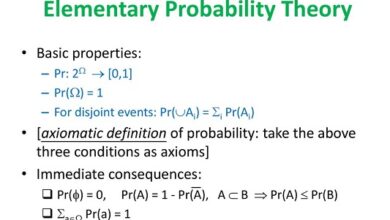People analytics definition/importance/Points of focus
What is People Analytics?
People Analytics, also known as Workforce Analytics, is a systematic and scientific approach in which available people data (both qualitative and quantitative) is processed to solve / understand various business inquiries related to human resources as a whole. People analytics definition
Shrewd statistical techniques and machine learning algorithms are needed to answer the most difficult business queries in the most efficient and effortless way. This approach will extract various ideas and stories that can be used in making decisions , formulating strategies and future goals for organizations.
The People Analytics approach is more of a “Bundle” or “Packaging” in an elemental way, consisting of several iterative steps that involve well-defined methodologies to generate business acumen.
Importance of people Analytics
An ever-changing and volatile business environment has created an urgent need for better decisions from people everywhere. To be truly successful, you must be able to interrogate your data to determine the root cause of problems, apply the appropriate interventions, and anticipate future developments based on strong evidence. People analytics definition
This process is at the heart of effective people analysis strategies. The power of people analytics in everyday decision-making is undeniable: according to DDI, organizations that excel in people analytics are 3.1 times more likely to outperform their peers.
Many common HR metrics do not add strategic value to the business. They often don’t help HR articulate what it takes to meet a business goal or need. They do not disclose how the understaffing will affect the promoters’ revenue goals or net scores.
With people analytics, you can capture the attention of your CEO by digging into strategic HR metrics, such as:
- Income per employee.
- Improvement of the quality of recruitment.
- Rotation of performance in key jobs.
- Lost income due to vacant days.
- HR effectiveness.
- New hires failure rate.
- Diversity hiring in customer impact positions People analytics definition
Focus
This is the typical ecosystem of the People Analytics approach
1 reach
Understanding the business problem / study and its existing impact is a preliminary step. In general, all aspects are defined / discussed / debated together with the desired probabilistic outcome required. It typically occurs at the executive level between stakeholders and subject matter experts.
2.- Planning
Further down the line… the objectives are very well defined here regarding the scope description, the logistics required to be used in terms of resources, methodologies, tools, SLA, etc. The intent is clearly defined along with the estimated delivery timelines. People analytics definition
3.- Data architecture model
The data is the skeleton of this study. Understanding the existing schema is key along with exemplifying the desired data architecture model. People analytics definition
Repetitive data audits are being conducted to measure availability, quality, sanity, accessibility, accuracy, and sensitivity. And the necessary additional structured data should be collected on the data audit results before proceeding to avoid disagreements and anomalies. People analytics definition
4.- Process flow diagram (PFD)
Here the connection of the nodes is made according to the data architecture model. This illustrates the study’s roadmap and characterizes all possible criticisms along the way. Typically, a PFD should be discussed with stakeholders for input before proceeding to the next step. Here you can change the scope of the project again and re-estimate the timelines if necessary.
5.- Analysis and data processing
This is an interesting and fun part of the study where the actual data is analyzed and processed according to the roadmap defined in PFD. Statistical techniques and machine learning algorithms are used iteratively to obtain the desired results that match the defined scope of the study.
6.- Knowledge extraction
This is the intuitive part of the project where the results are studied to extract knowledge. It is necessary to have excellent commercial and technical knowledge to exhibit this part. The result is mainly technical language and experience to turn it into business results in the form of stories.
7.- Impact analysis and recommendations
This is the last formal step in the approach in which impact is analyzed through various hypothesis studies and recommendations are made with stakeholders. It is necessary to define the positive and negative aspects of the study to avoid consequences. Recommendations are usually made on the basis of collected evidence and ideas driven in the form of a report, visualization. People analytics definition


